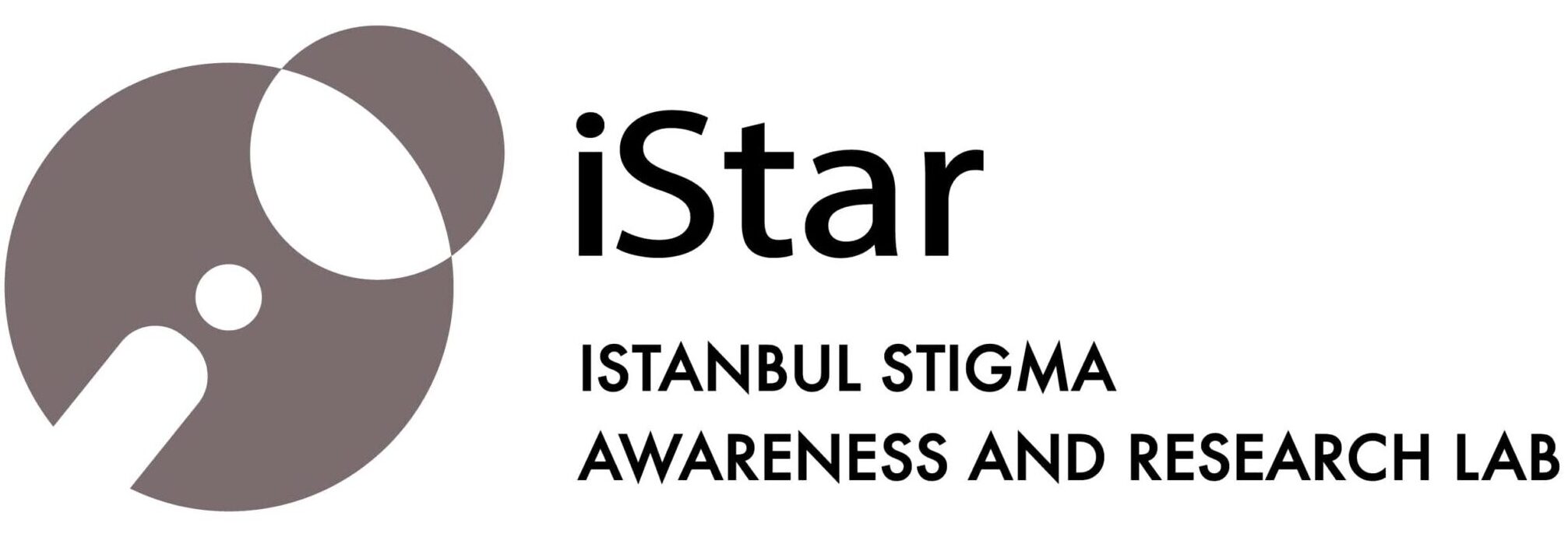What is stigma?
The term stigma refers to a process through which a group of people in a society can be labeled and perceived as inferior or undesirable (Goffman, 2009). Stigmatized characteristics can include ethnicity, poverty, social class, disease, sexual orientation, refugee status, and many others.
In addition to the individual experience of perceptions, stigma can occur on a structural level. This means that stigma can be experienced and studied on a macro societal level that is observed in cultural norms, social systems, laws, and institutional policies (Hatzenbuehler & Link, 2014).
Stigma can also be experienced in an intersectional manner with individuals who possess multiple stigmatized characteristics (e.g. a certain ethnic group with a certain chronic disease) (Logie et al., 2011).
Stigma can also take different shapes, such as community stigma, experienced stigma, anticipated stigma, and internalized stigma.
Why do we study stigma?
While such a process may be part of the human tendency to categorize people into groups of “Us” vs. “Them”, stigma can influence cognition, emotion, and behaviors leading to determinantal consequences on the physical and mental health of individuals belonging to stigmatized groups (e.g., Turan et al., 2016). Therefore, understanding stigma, its impacts, and the mechanism linking it to health behaviors and outcomes is of great importance for the development of interventions, policies, and services for stigmatized communities (Turan et al., 2017).
Who are we? What is our focus?
The iSTAR Lab is formed by a group of researchers from various disciplines who are interested in the study of stigma and its implications. Our lab conducts, facilitates, and supports scholarly activities related to stigma, discrimination, and health disparities. By focusing on the stigmatized and the stigmatizer, we examine various stigma topics. In our work, we examine stigma on both micro and macro levels, including the joint effects of different intersecting stigmas (e.g., poverty, living as a refugee, mental health problems). See Figure 1 for an example of a framework for the study of stigma and its implications.
In addition to conducting our research projects, we engage in various activities, such as:
* Peer review and feedback to researchers for manuscripts and grants.
* Networking with researchers around the globe.
* Methodological consultations.
* Seminars.

Goffman, E. (2009). Stigma: Notes on the management of spoiled identity. Simon and schuster.
Hatzenbuehler, M. L., & Link, B. G. (2014). Introduction to the special issue on structural stigma and health. Social Science & Medicine.
Logie, C. H., James, L., Tharao, W., & Loutfy, M. R. (2011). HIV, gender, race, sexual orientation, and sex work: a qualitative study of intersectional stigma experienced by HIV-positive women in Ontario, Canada. PLoS medicine, 8(11), e1001124.
Turan, B., Hatcher, A. M., Weiser, S. D., Johnson, M. O., Rice, W. S., & Turan, J. M. (2017). Framing mechanisms linking HIV-related stigma, adherence to treatment, and health outcomes. American journal of public health, 107(6), 863-869.
Turan, B., Smith, W., Cohen, M. H., Wilson, T. E., Adimora, A. A., Merenstein, D., … & Turan, J. M. (2016). Mechanisms for the negative effects of internalized HIV-related stigma on antiretroviral therapy adherence in women: the mediating roles of social isolation and depression. Journal of acquired immune deficiency syndromes (1999), 72(2), 198.
